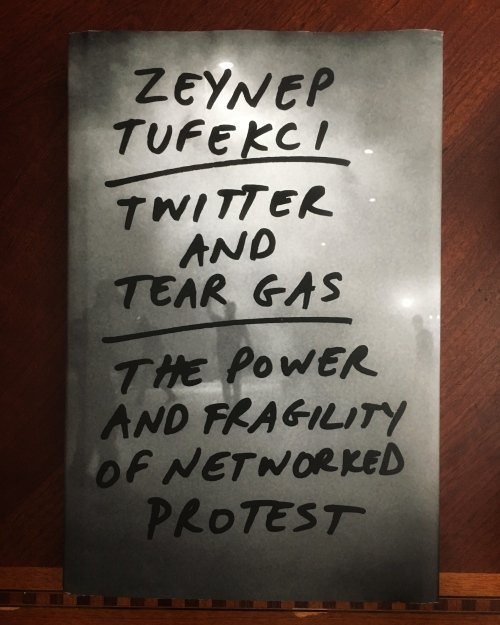[Spoilers—this portal world is loaded with spoilers—beware!]
I’m definitely late to the party on the novella, Every Heart a Doorway, that won the 2017 Hugo award. Recently, I was in a bookstore judging books by their covers when I picked up the third novella in the series because I liked its vibrant colors. I’m glad that I found it.
The protagonist, Nancy, is going to Eleanor West’s Home for Wayward Children, to live after her return from a portal realm. All of the teens and children that live there have visited a variety of other portal realms (eġ. Wonderland). Most are trying to return home. However, the twist is that home isn’t where their families are. Rather, they believe that home was the realms they left. (Ultimately, I think that the real message by the end of the book is that home is actually living an authentic life—it could be in another realm or not. It’s taking ownership of one’s life.) The narrative of the book is a fast-paced, magical murder mystery set at a boarding school. The book both directly discussed LGBTQIA topics, as well as exploring the topics through metaphor. For purposes of this post, I’m going to reflect on the topic of diversity, specifically the LGBTQIA community.
Before returning to the novella, I’d like to share some statistics and information. You can go to this article from Pew Research Center called 5 Key Findings about LGBT Americans. This article by the Center for Disease Control (CDC) in the United States looks at outcomes for LGBTQ youth. According to the Youth Risk Behavior Survey, LGB students were at increased risk for bullying and violence. In turn, this may have impacted their likelihood to be absent from school. Since these students are also at a greater risk for depression and suicide, the CDC website has a section on “What Schools Can Do.” Some examples including support groups. Outcomes were better for LGB students who were in schools that “had gay-straight alliances and policies prohibiting expression of homophobia in place for 3 or more years.” The article includes a bulleted list of policies and practices that schools can enact to help students.
A couple of these practices are modeled in Every Heart a Doorway like “encouraging respect for all students and prohibiting bullying, harassment, and violence against all students” and “facilitating access to community-based providers who have experience providing…psychological services to LGBTQ youth.” For example, the students in the book have group therapy sessions related to their portal realms and their feelings about returning to our world. This support was important because the teens often didn’t receive help from their families, who wanted them to be the individuals that they remembered before their disappearances. (And often, the families didn’t understand the children even before the disappearance.)
One of the most important aspects of encouraging diversity, tolerance, and acceptance is communication. Although the action kept moving, the characters spent much time in dialogue, explaining their preferences for their portal realms, as well as their identities. For example, the protagonist, Nancy, is asexual. Through her reflections, as well as conversations with others, the novella explores the associated stereotypes and assumptions. But it’s also about the teens feeling comfortable as who they are: their personalities and their behaviors, including the clothes that they choose. People should embrace others differences while respecting others’ boundaries. The range of acceptable expressions and behaviors is much larger than our world of commercially-based gender tagging allows. However, there are limits to this if other people are harming others, which the book explores.
I’ve picked up the next two books in the series so I’m looking forward to reading Down Among the Sticks and Bones next.

